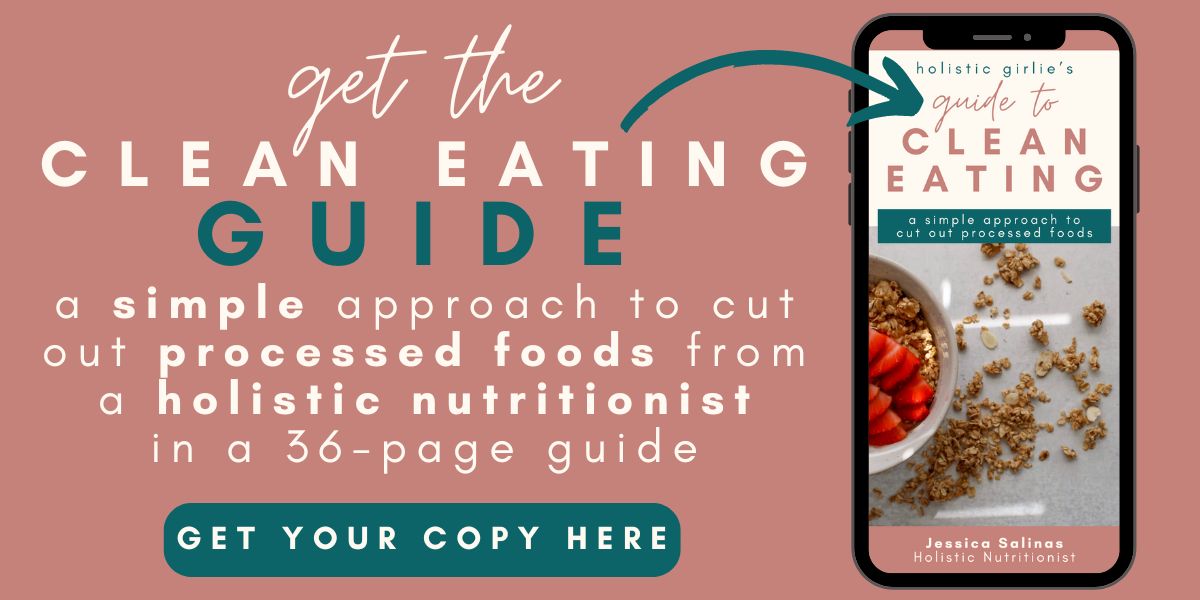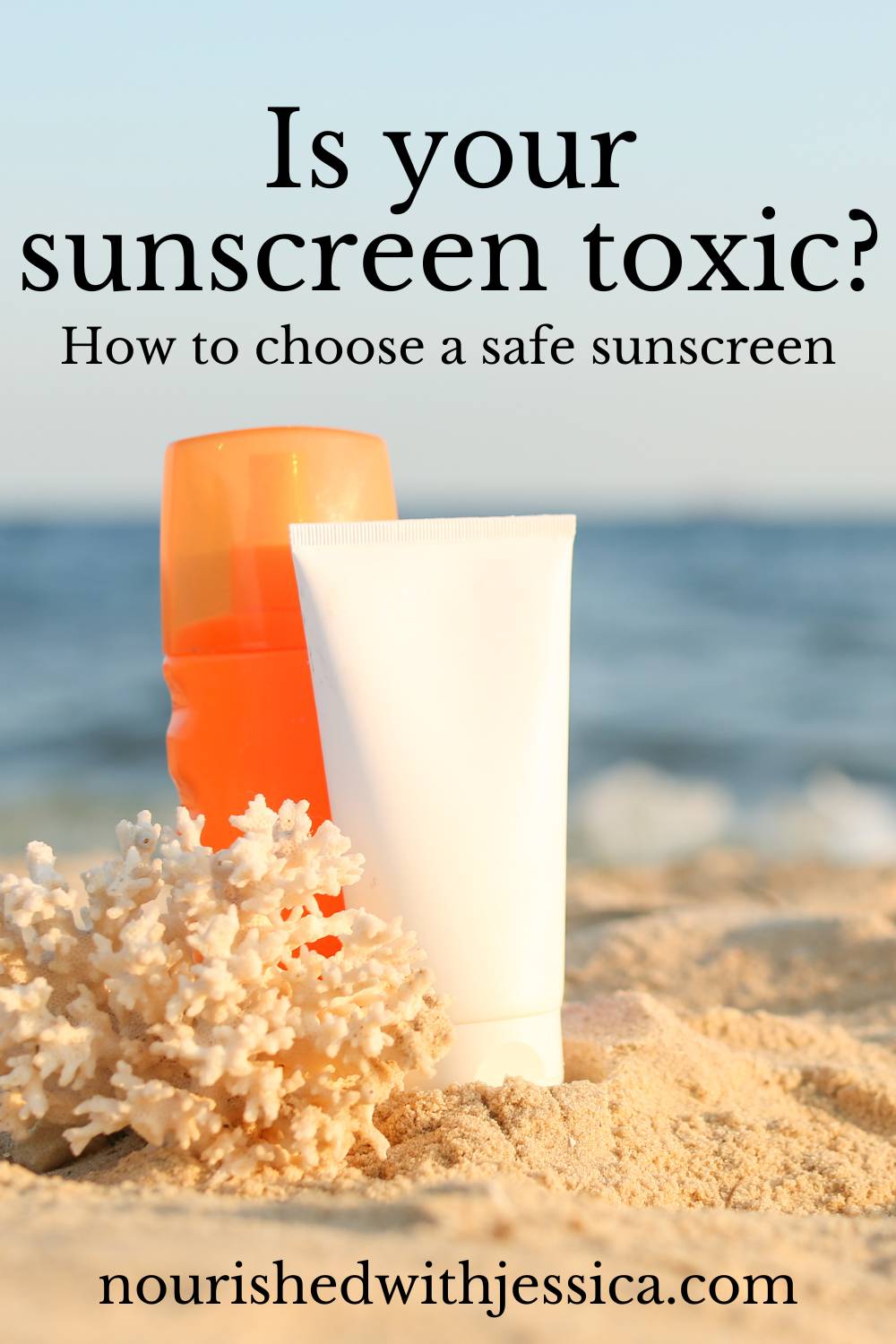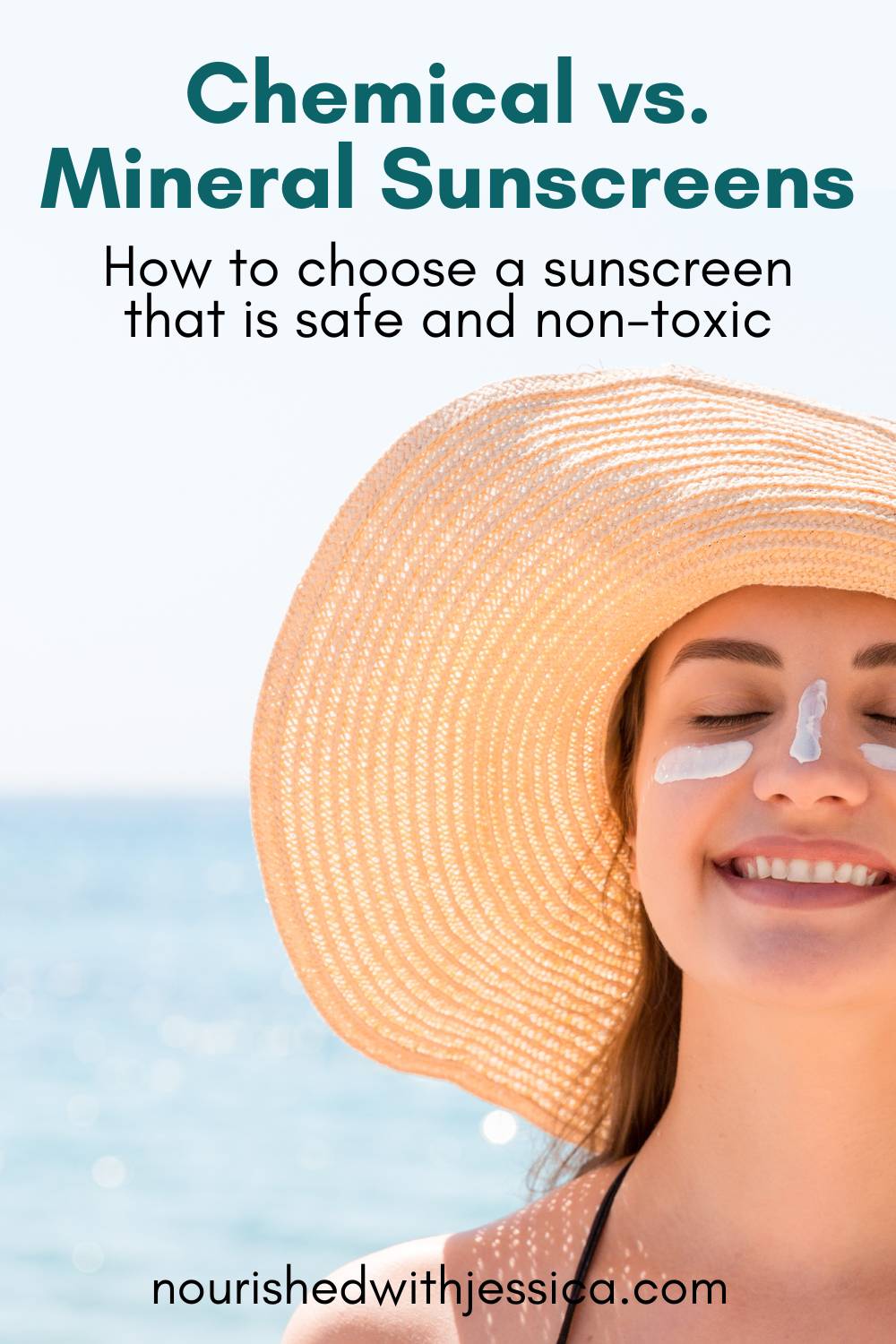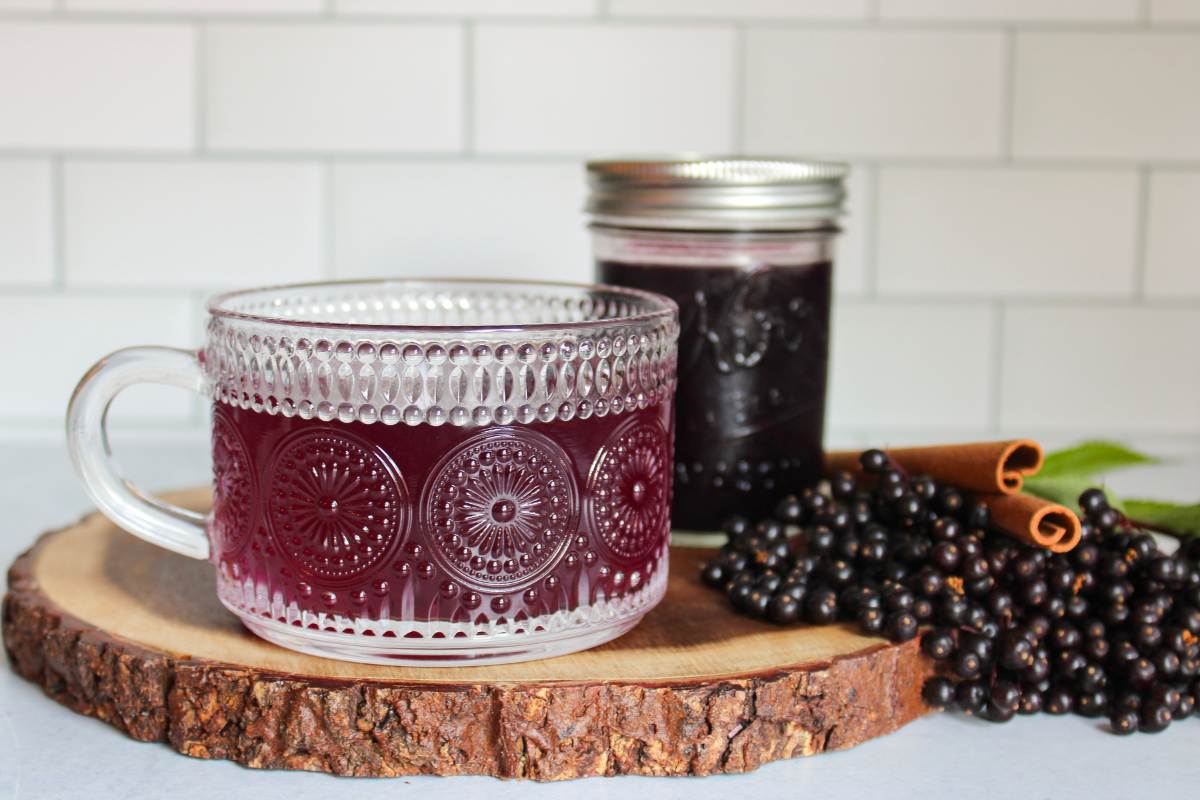Is your sunscreen toxic? How to choose a safe sunscreen
Do you know if your sunscreen contains harmful and toxic chemicals? Unfortunately, many of the common sunscreen brands that line the store shelves contain ingredients that are harmful to humans and the coral reefs. With this guide, you will learn which chemicals to look out for and how to find a safe sunscreen.

The first time I encountered information about sunscreen was when my husband and I went to Hawaii for our honeymoon. I had heard that certain ingredients in sunscreen had been banned because of the damage they were causing to the coral reefs. I knew I wanted to avoid this chemical, but I felt so lost on what to do! The ingredient labels were so hard to decipher and it felt like I couldn’t find a brand that was actually safe.
This was just the beginning of my non-toxic and clean beauty journey, I’ve since learned that there are even more chemicals and toxins that can be inside sunscreen. At first, this can seem really intimidating and daunting, but I am sharing my knowledge here in this blog post to make choosing a safe and nontoxic sunscreen easy for you!
Ban of ingredients for coral reefs
Both Hawaii and Key West have banned common ingredients used in sunscreen because of their effects on the coral reefs. Research has found that the chemicals Oxybenzone and Octinoxate have been linked to bleaching of the coral reefs as well as DNA damage and deformities. These chemicals can be found in many of the common sunscreen brands such as Coppertone and Banana Boat.
If these ingredients are so harmful to the coral reefs and wildlife, what about the effects that they can have on us?

The dark side of sunscreen: Ingredients of concern
The chemicals found in sunscreen have affected the environment around us, and studies have shown that they have a toxic effect on our bodies as well. Here is a list of sunscreen chemicals that are commonly found, but should be avoided.
Ingredients banned in Hawaii and Key West:
Oxybenzone – This chemical has been linked to skin reactions and hormone disruption.
Octinoxate – This chemical has hormone-mimicking effects and has been found in women’s breast milk samples.
More harmful chemicals in sunscreen to avoid:
- Homosalate
- Octisalate
- Octocrylene
- Avobenzone

Other toxic ingredients found in sunscreen
Unfortunately, there are also other common ingredients found in sunscreen that can be harmful to your health. Below is a list of some common ingredients to look out for, but this list does not contain all toxic ingredients (see tips below on how to be on the lookout)
Fragrance– This is a BIG one! The term “fragrance” is a blanket term that can actually contain a mixture of undisclosed toxic ingredients and has been linked to negative health effects such as allergies, dermatitis, respiratory issues, and effects on the reproductive system. Keep your eye out for fragrance because it is very, very common!
Parabens– a common additive to beauty products that have adverse effects on our health, particularly on our hormones because they can bind to estrogen receptors. Parabens can also affect coral reefs as well! Found in brands such as Banana Boat.
BHT – BHT is a preservative used in foods and cosmetics that is toxic to our bodies can cause health issues and act as an endocrine disruptor. This chemical is found in brands such as Sun Bum
Chemical vs Mineral Sunscreens
If you pick up the common sunscreen brands and look at their labels, you are likely to find at least one of the ingredients listed above. So how can you find a sunscreen that is actually safe to use? The main thing to look for is a mineral sunscreen, rather than a chemical sunscreen.
The ingredients listed above, such as Oxybenzone and Octinoxate, are all chemical sunscreens. They protect our skin from sun rays by absorbing the UV rays and altering their chemical structure. Chemical sunscreens are absorbed into the skin which is why they pose health risks, affect the endocrine and reproductive systems, and even cause potential cancer.
Mineral sunscreens, also known as physical sunscreens, work differently because they create a skin barrier and reflect UV light, making them a better choice for the safety of your health. The best options for mineral sunscreens are titanium dioxide and zinc oxide.
Pin to save for later:

What are Nanoparticles?
Nanoparticles are when mineral sunscreens are broken into small particles so that they go on smoother on your skin. The problem is that the nanoparticles can penetrate your skin and be a risk to your respiratory system. To avoid these health concerns, you will want to opt for non-nano mineral sunscreens.
The best and safest sunscreen to use
In short, the best type of sunscreen to use is non-nano mineral sunscreens. Look for the active ingredient to be non-nano titanium dioxide and non-nano zinc oxide. The best sunscreen for all-around performance and safety is Crunchi’s Sunlight SPF for the face and body. This is the one I personally use and love, and highly recommend it.
Why I love Crunchi Sunlight SPF
- Made with non-nano zinc oxide
- Doesn’t leave a white cast – this is when the sunscreen leaves your skin looking white
- Water resistant for 80 minutes
- EWG verified – for safety
- 100% non-toxic and free of harmful ingredients such as fragrance and parabens
- Safe for the coral reefs
- Contains nourishing ingredients including squalane, organic grape seed oil, and organic shea butter
You can purchase Body SPF, or Facial SPF that is great for all skin types and sits seamlessly under makeup!
Use the links above and code ADVOCATE10 for 10% off a purchase $50+
Buying a safe and non-toxic sunscreen shouldn’t be complicated! Knowledge is power, and once you learn what to look out for, shopping for non-toxic and clean beauty becomes easier and like second nature!
Find more resources for clean beauty here!
This post may contain affiliate links, which means I make a small commission at no extra cost to you. As an Amazon Associate, I earn from qualifying purchases. See my full disclosure here. I only share products that I use and love.







Love this! I’m always looking for healthier alternatives in skin care! Thank you!
So happy to help! Crunchi has a whole collection of nontox skincare that I really love. I was so happy to find something I love and that actually works! (Here’s a link to the skincare line!)
I’m always looking for better skincare ingredients, thank you!
So glad this was helpful to you!
Great post. We make our own sunscreen because of all the toxins found in conventional sunscreen!
Love that you make your own!!
Important topic – thanks for info. I didn’t know that some places were banning the use of sunscreen but it makes sense that they are.
Yes it’s such an important topic! Hawaii and Key West banned sunscreens made with oxybenzone and octinoxate, I am really glad that companies are now making safer sunscreens for us AND the coral reefs!